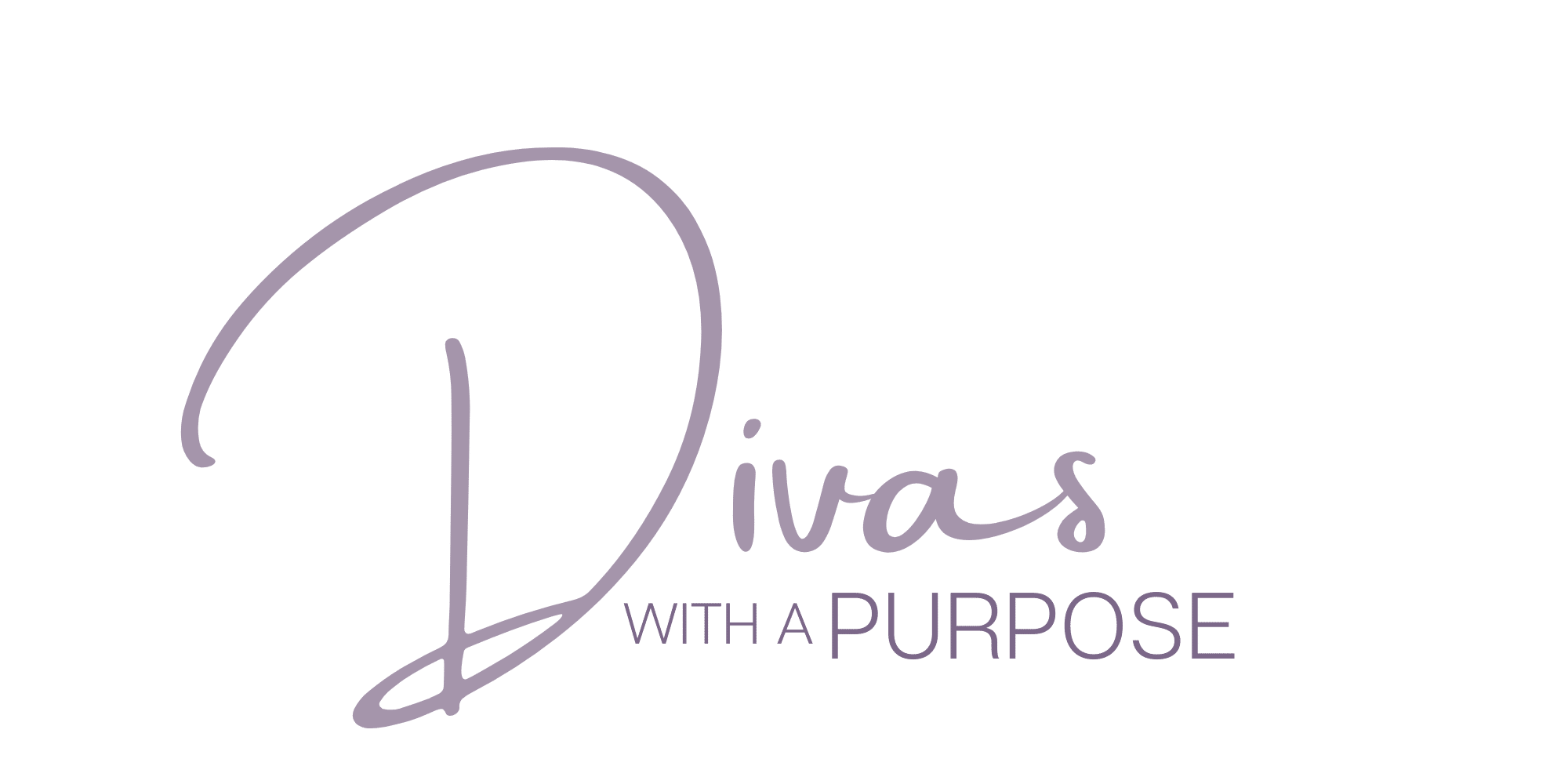Break A Habit in 30 Days with these Five Steps
Have you been unsuccessful with trying to break a habit? Let’s be real with one another, bad habits can be hard to break. Ready for a little more real-ness? Regardless of the habit, destructive behaviors keep us away from the life we desire.
Unhealthy habits can have a negative impact on our physical and mental health and leave us feeling as if we don’t have control over our impulses. While change is frequently challenging, having a plan can make it easier.
[Tweet “Five Steps to Break A Habit in 30 Days or Less”]
Step-by-Step Plan to Break a Habit

This step-by-step plan can help you eliminate any bad habit:
Step 1: Monitor the habit for a week.
Make note of the times you’re likely to engage in the habit. Maybe you only smoke around certain friends. Perhaps you bite your nails when you’re stressed or bored. At any rate, identify under which circumstances your habit is most likely to rear its ugly head.
Step 2: Find out why.
Your habit is satisfying some need. You’re gaining a benefit or you wouldn’t be exhibiting the behavior at all. Figuring out the positive aspects of your habit will help you understand it. Once you understand it, you can begin to change it.
Step 3: Develop a substitute behavior.
Find a more acceptable alternative that satisfies the same need that was being met by the old habit. So if your habit helps you to deal with stress, what are some healthy alternatives? Yoga? Other exercise? Deep breathing? Meditating? Singing? Watching a comedy? Calling a friend?
What could you do instead that isn’t harmful? Better yet, what could you do instead that would be healthy for you?
Start substituting the new habit for the old. It will take a fair amount of attention at first, but begin intentionally substituting the new behavior each time you would automatically use the old behavior. It’s likely to be challenging, but with a positive focus, you can do it.
[Tweet “Substituting a new habit for your old one may be challenging, but with a positive focus, you can do it.”]
Step 4: Measure your progress.
Keep track of how many times you engage in the old habit and how many times you engage in the new habit. Progress can be difficult to determine without measurement; if you don’t know where you are, how will you know if you’re moving forward or backward? By measuring your progress, you accomplish two things:
1 – You get feedback so you know how successful you are.
2 – You have the added motivation of seeing your progress.
Step 5: Be patient.
Take one step at a time. Complete perfection is unreasonable, but a little perfection can work wonders. Don’t be upset when the inevitable slip occurs while you’re breaking your old habit. Just examine the situation dispassionately and determine a better solution for the next time. You still gain a lot by decreasing the frequency of the bad habit.
A good idea is to focus on having one perfect day today. The idea of one day without the habit may seem quite reasonable – and doable – to you. A string of perfect days is a lot easier than trying to be perfect for an extended period.
For tough habits, a perfect hour might work better for your short-term goal.
[Tweet “Changing to more positive habits can be challenging, but you gain a wonderful feeling of accomplishment when you break a habit that is having a negative impact on your life.”]
Now that you’re armed with a process, you can start eliminating that bad habit today. In 30 days, the new, healthier habit should be a part of your routine without requiring as much conscious effort. Changing to more positive habits can be challenging, but you gain a wonderful feeling of accomplishment when you break a habit that is having a negative impact on your life.
